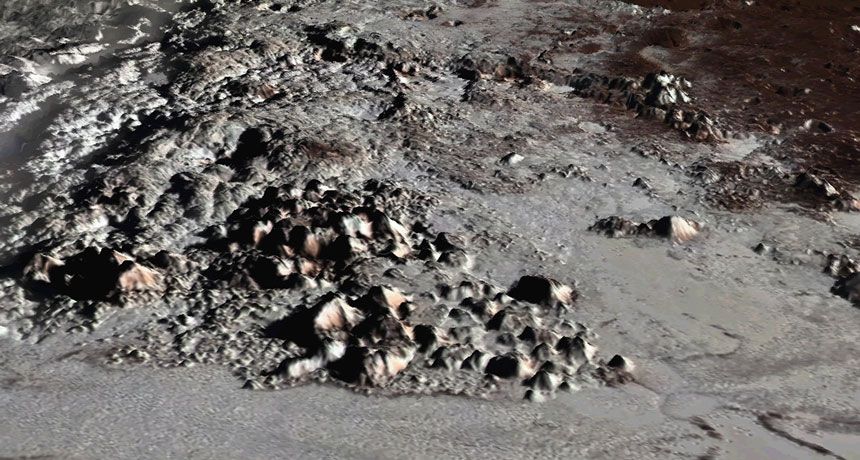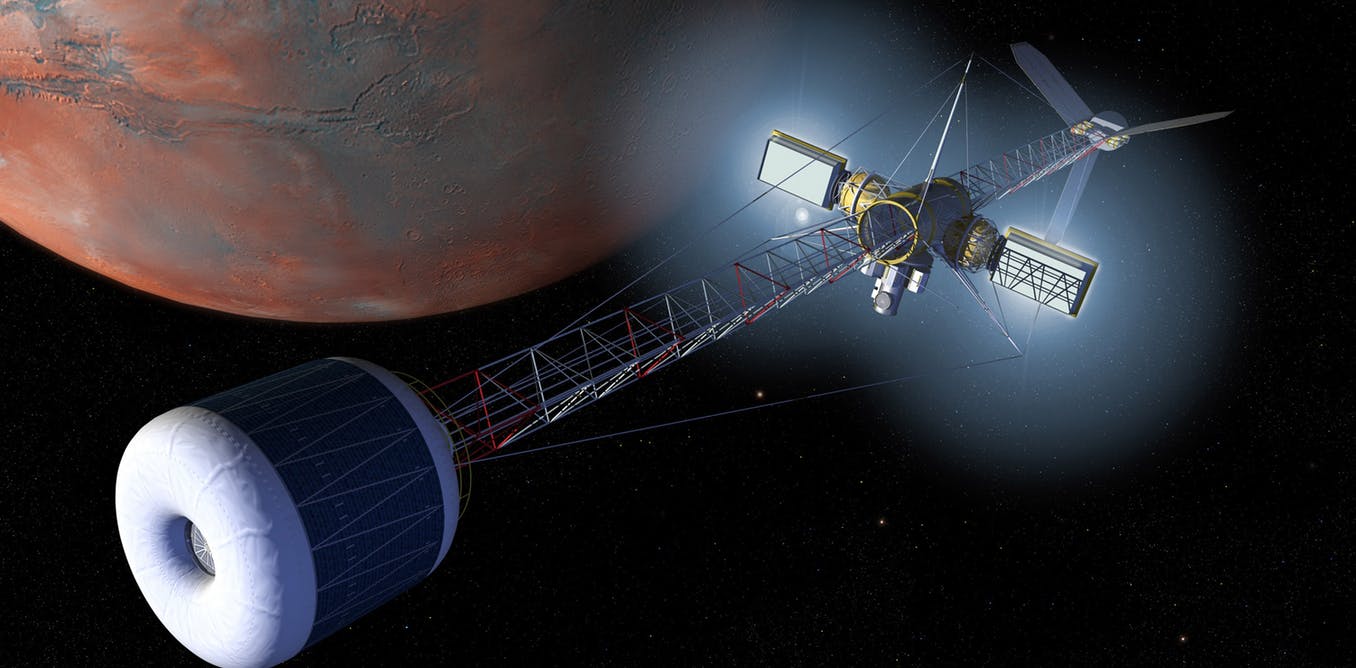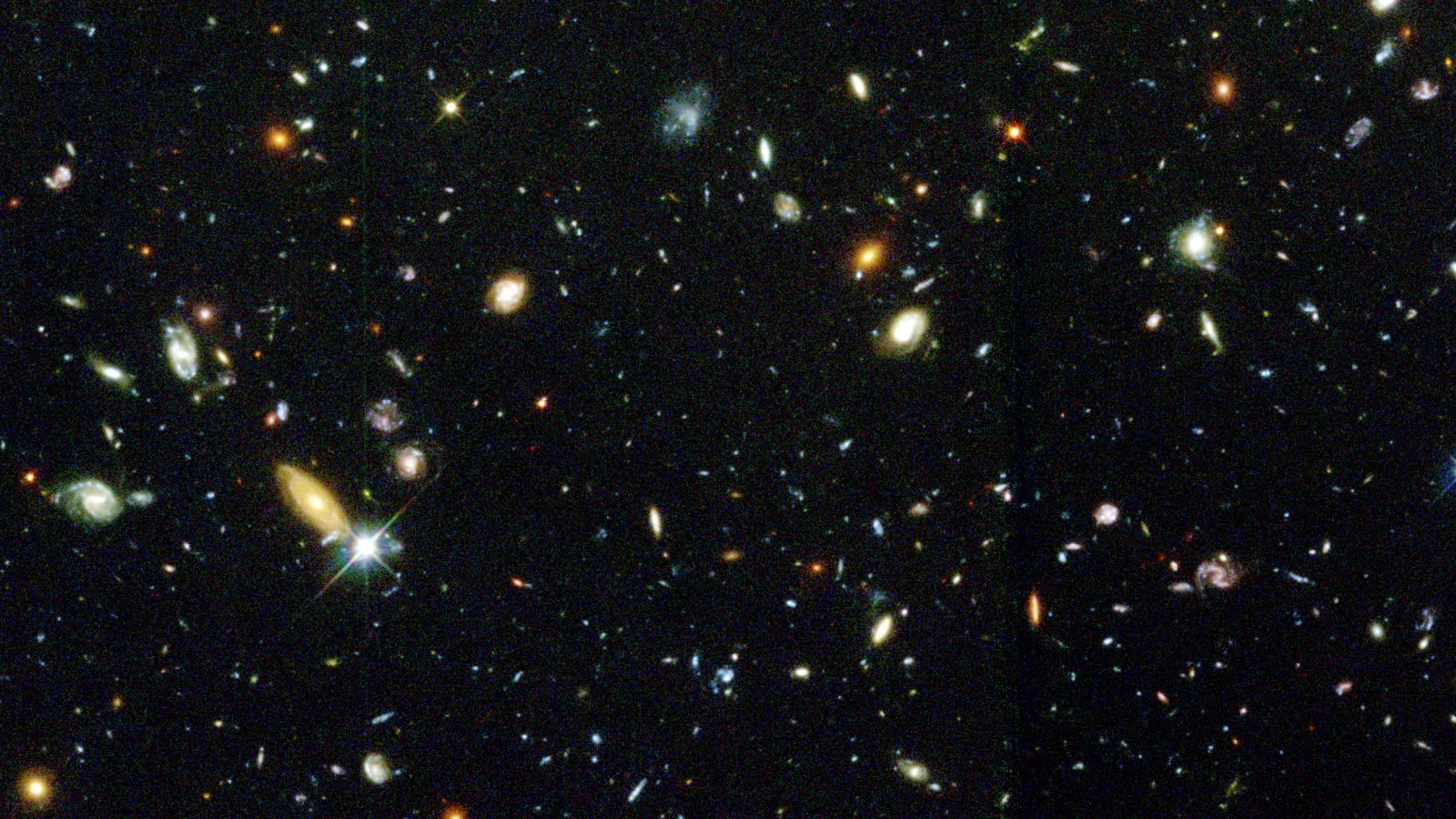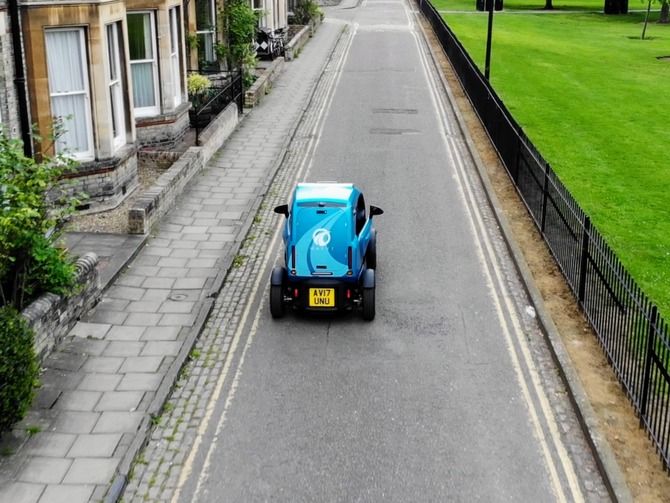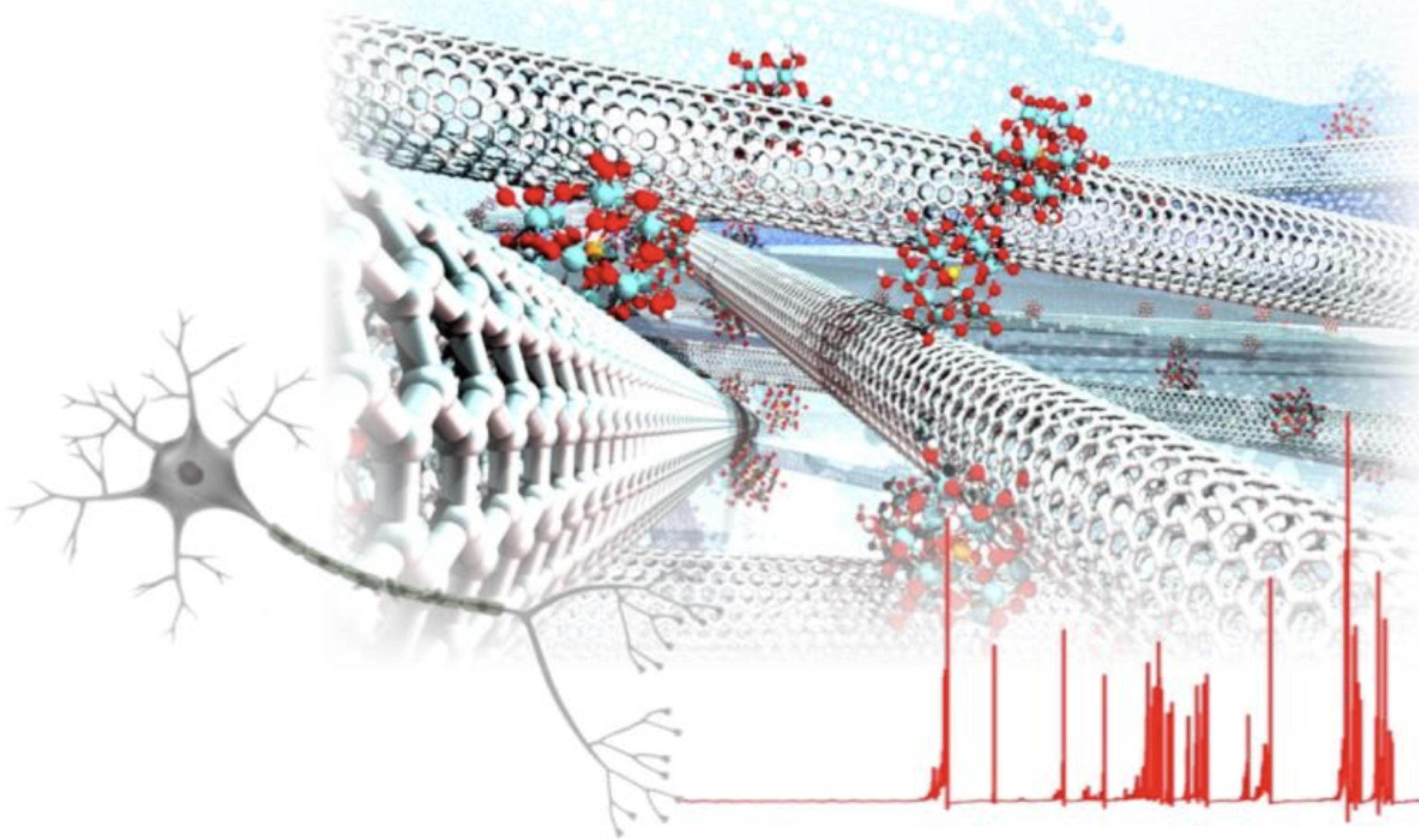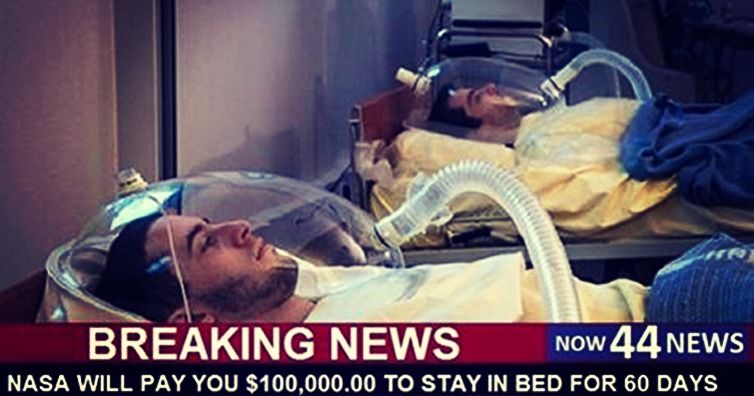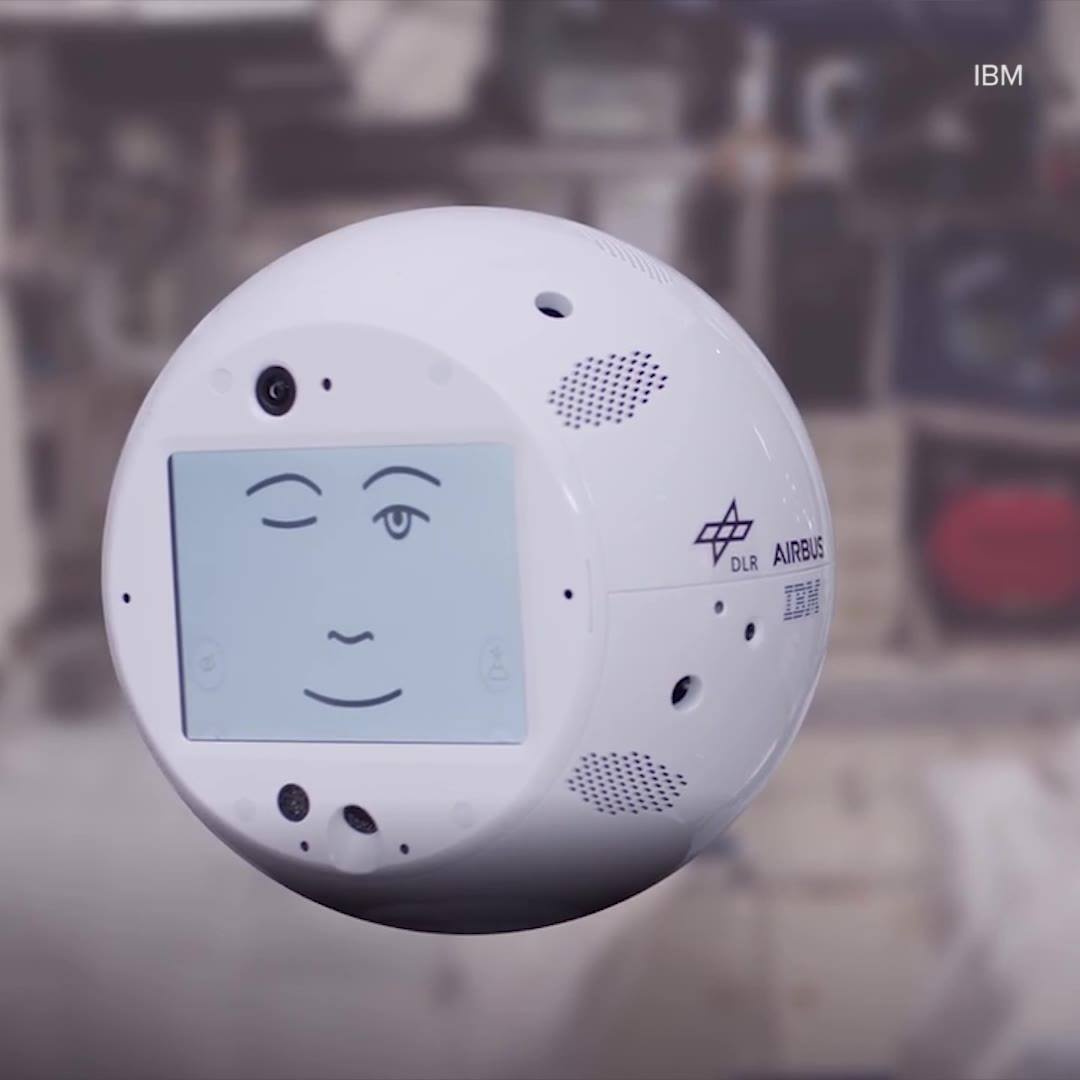New charts of Pluto and its moon Charon, compiled using New Horizons’ data, reveal high peaks, deep depressions and strange ridges.
In the new study, the researchers dropped the full experimental set up for photocatalysis down a 120m drop tower, creating an environment similar to microgravity. As objects accelerate towards Earth in free fall, the effect of gravity diminishes as forces exerted by gravity are cancelled out by equal and opposite forces due to the acceleration. This is opposite to the G forces experienced by astronauts and fighter pilots as they accelerate in their aircraft.
The researchers managed to show that it is indeed possible to split water in this environment. However, as water is split to create gas, bubbles form. Getting rid of bubbles from the catalyst material once formed is important – bubbles hinder the process of creating gas. On Earth, gravity makes the bubbles automatically float to the surface (the water near the surface is denser than the bubbles, which makes them buyonant) – freeing the space on the catalyst for the next bubble to be produced.
In zero gravity this is not possible and the bubble will remain on or near the catalyst. However, the scientists adjusted the shape of nanoscale features in the catalyst by creating pyramid-shaped zones where the bubble could easily disengage from the tip and float off into the medium.
You’re probably sitting still, right? Wrong, absolutely wrong. Not only are you on a spinning orb, but you’re also traveling around 70,000 miles per hour around a star, in a galaxy that, observations imply, is sailing through space at over a million miles per hour.
If the above numbers seem shocking, they shouldn’t be. The laws of physics look and feel the same for any object so long as it’s not accelerating, the way you can’t feel that a car is traveling at a steady 60 miles per hour unless you look out the window. But that also makes our galactic speed hard to measure from here on Earth. The million-plus mile per hour number is based on measurements of how the most distant objects in the Universe appear to move in comparison to us, but scientists want to try to measure our acceleration by looking at more nearby objects.
Cryptocurrency fraud and other kinds of cyber-fraud, too.
President Donald Trump has assigned an official task force to investigate the pervasive fraud within the cryptocurrency industry.
On Thursday, the president signed an executive order for a new task force within the Department of Justice with a mandate “to investigate and prosecute crimes of fraud committed against the U.S. Government or the American people, recover the proceeds of such crimes, and ensure just and effective punishment of those who perpetrate crimes of fraud.”
Among the task force’s members are FBI Director Christopher Wray and Deputy Attorney General Rod Rosenstein. Representatives from the Securities and Exchange Commission, the Federal Trade Commission, and the Consumer Financial Protection Bureau will also be called upon for guidance.
An example graph of polypharmacy side effects derived from genomic and patient population data, protein–protein interactions, drug–protein targets, and drug–drug interactions encoded by 964 different polypharmacy side effects. The graph representation is used to develop Decagon. (credit: Marinka Zitnik et al./Bioinformatics)
Millions of people take up to five or more medications a day, but doctors have no idea what side effects might arise from adding another drug.*
Now, Stanford University computer scientists have developed a deep-learning system (a kind of AI modeled after the brain) called Decagon** that could help doctors make better decisions about which drugs to prescribe. It could also help researchers find better combinations of drugs to treat complex diseases.
A combination of nanomaterials that can mimic nerve impulses (“spikes”) in the brain have been discovered by researchers at Kyushu Institute of Technology and Osaka University in Japan.
Current “neuromorphic” (brain-like) chips (such as IBM’s neurosynaptic TrueNorth) and circuits (such as those based on the NVIDIA GPGPU, or general purpose graphical processing unit) are devices based on complex circuits that emulate only one part of the brain’s mechanisms: the learning ability of synapses (which connect neurons together).
Wouldn’t you just love to carry on sleeping on a Monday morning without having to submit to the Monday morning blues and get ready for work? What type of heaven would you envisage if you were paid to stay in bed; it would be a glorious one wouldn’t it? If only it were possible!!! But!! Hold it right there, don’t be disappointed because what if we told you it is possible!! You can get paid a huge sum of money just staying in bed for two whole months and by you know who?? NASA no less!!!
Yes the American space agency NASA is paying $100,000 to stay in bed for 60 days. Find out why and if it is really too good to be true.
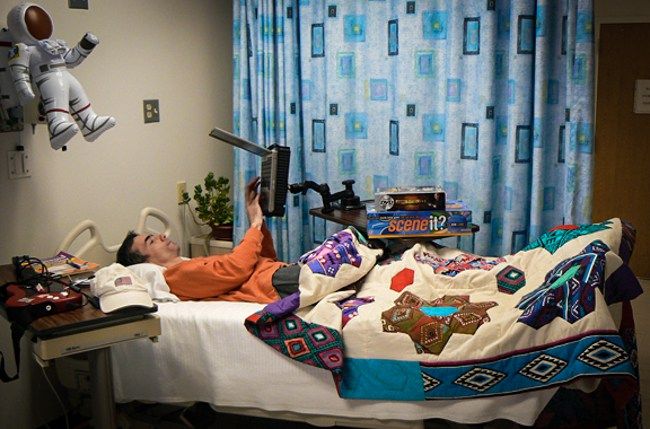
The HPV vaccine has eliminated skin cancer in a 97-year-old woman — giving doctors and patients hope it could be used to treat aggressive cases of skin cancer, such as squamous cell carcinoma.
A 97-year-old woman’s severe case of an untreatable form of squamous cell carcinoma was cleared with injections of the HPV vaccine, her doctors report.
